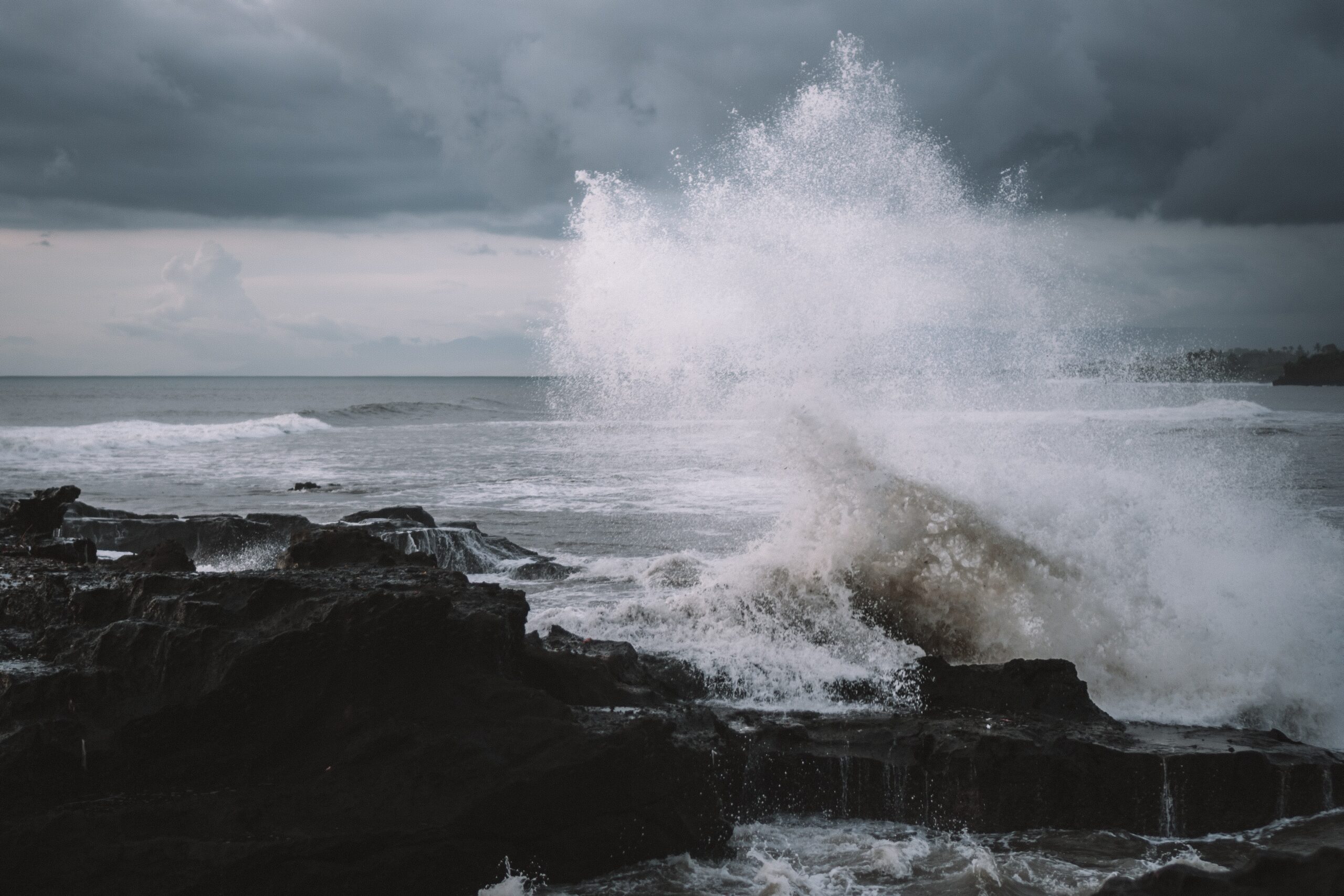Sea-level rise in our biggest urban areas may happen two to three decades earlier than expected, fresh projections suggest.
Scientists from the NZ SeaRise programme have designed a new online tool that shows sea-level rise projections by location to the year 2300. Kiwis will be able to see, for the first time, how much and how fast sea-level will rise along ‘their own’ stretch of coast, in light of differing climate change projections. In particular, homeowners, councils and businesses could use the tool to help assess evolving risks from erosion and floods.
The SMC asked experts to comment on the news.
Professor Tim Naish (VUW) and Dr Richard Levy (GNS Science), Co-Leaders of the NZSeaRise Programme, comment:
Note: Professor Naish and Dr Levy are part of the scientist team that produced these projections.
“Until now, the risk from sea-level rise has been quite poorly defined for New Zealand because current sea-level projections in the Ministry for the Environment (MfE) coastal hazards guidance do not take into account local vertical land movements. Through the NZSeaRise programme, we have been developing a web-based tool that will provide local sea-level projections using the new IPCC AR6 projections, and taking into account vertical land movements (VLM) for the entire New Zealand coastline at 2km spacing.
“From Monday 2 May, the public and stakeholders will be able to assess the impact and risk of sea-level rise at the local level. This has important implications for policy and decision-making, especially concerning climate change adaptation. The addition of vertical land movements means that for many regions (e.g. Wellington and Auckland), sea-level rise will be up to two times faster over the coming decades compared with previous projections, which were based on global average sea-level rise.
“The NZSeaRise team together with MfE have written interim guidance for local government practitioners on how to use the new sea-level projections. This will be up on the MfE website within the next few weeks.
“This projections tool-kit will be a powerful resource for assessing the impacts and risks associated with sea-level rise at a much more granular scale, ensuring appropriate adaptation solutions are put in place for Aotearoa New Zealand.”
Conflict of interest statement: Professor Naish and Dr Levy are co-authors involved in producing these projections. Professor Naish is a Professor in Earth Sciences at the Antarctic Research Centre, Victoria University of Wellington. Dr Richard Levy is the Environment and Climate Theme Leader at GNS Science.
